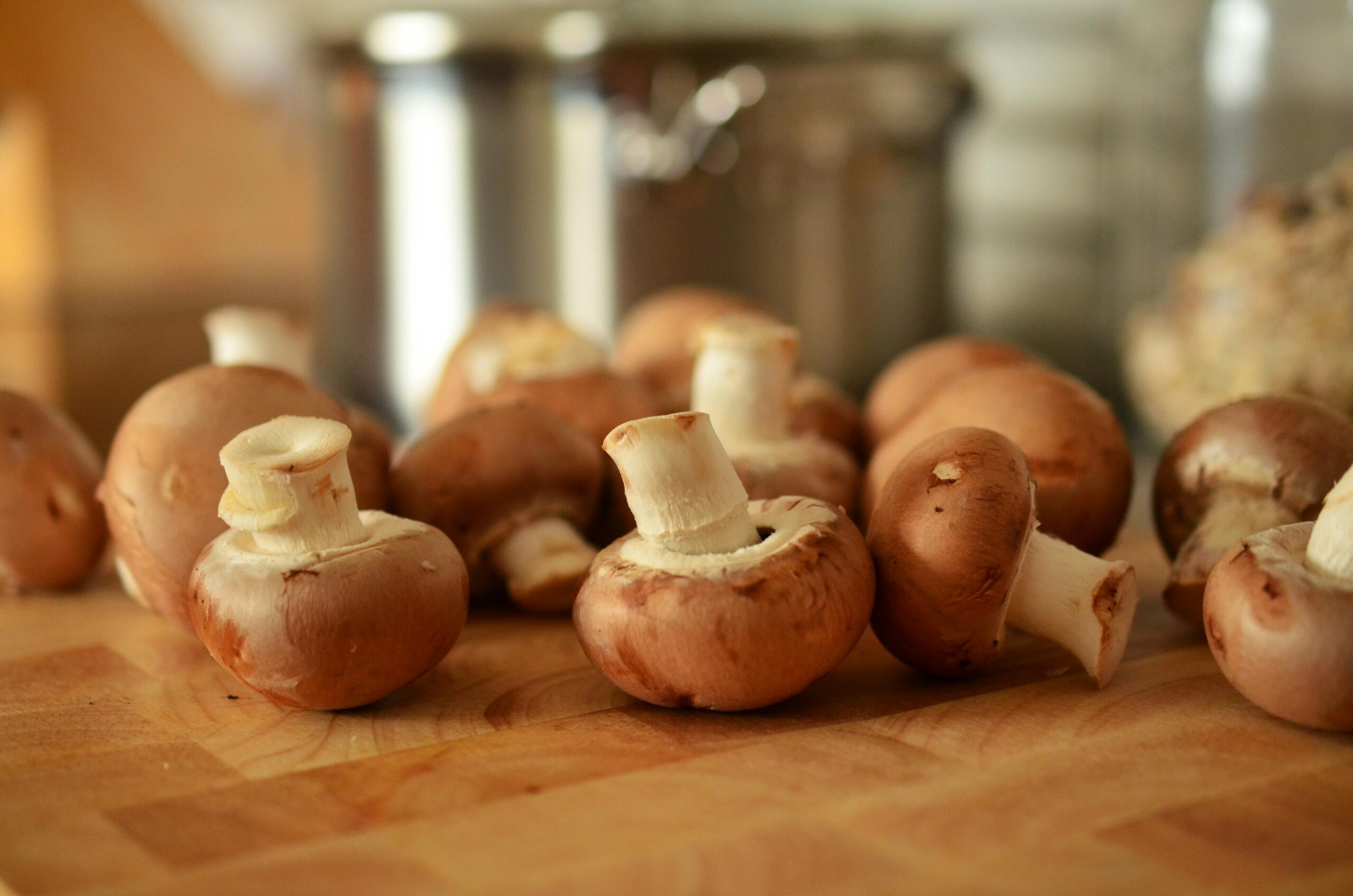Cultivating gourmet mushrooms at home has become increasingly popular among food enthusiasts and gardening hobbyists seeking to expand their homegrown harvests. Unlike traditional gardening, mushroom cultivation offers the flexibility of growing indoors year-round or outdoors in shady areas using logs and other organic materials. From the delicate, umami-rich shiitake to the seafood-like flavor of oyster mushrooms and the unique texture of lion’s mane, home mushroom farming provides access to fresh, exotic varieties that are often expensive or difficult to find in stores. This guide will explore various methods for growing gourmet mushrooms at home, including using specialized kits, logs, and substrate materials to create your own mini mushroom farm.
Understanding Mushroom Basics
Before diving into growing gourmet mushrooms home, it’s important to understand what mushrooms actually are. Unlike plants, mushrooms are fungi that don’t photosynthesize but instead decompose organic matter for nutrients. What we call a mushroom is actually just the fruiting body of a larger organism called mycelium, which grows as a network of thread-like cells throughout the growing medium. Different mushroom species require different growing conditions and substrates. For example, shiitake mushroom cultivation typically occurs on hardwood logs, while oyster mushrooms can grow on a variety of materials including straw, coffee grounds, and cardboard. Understanding these basics helps determine which varieties will work best for your specific growing conditions and available space.
Indoor Mushroom Farming Methods
Indoor mushroom farming provides a controlled environment ideal for year-round cultivation. The most beginner-friendly approach is starting with an oyster mushroom growing kit, which typically includes a block of substrate already colonized with mushroom mycelium. These kits require minimal effort—simply mist with water, maintain proper humidity, and harvest fresh mushrooms within weeks. For more advanced indoor cultivation, you can create your own substrate using materials like hardwood sawdust, straw, or coffee grounds that have been properly sterilized. This substrate is then inoculated with mushroom spawn, placed in growing containers with proper ventilation, and kept in a dark, humid environment until the mycelium colonizes it completely. The containers are then moved to a location with indirect light to trigger fruiting. With proper care, indoor setups can produce multiple harvests from a single substrate block.
Outdoor Cultivation with Edible Mushroom Logs
Outdoor mushroom cultivation offers a more natural approach and can be integrated into existing garden spaces. The most traditional method involves using edible mushroom logs, particularly for shiitake and oyster varieties. This process begins with selecting freshly cut hardwood logs, typically oak, maple, or beech, with intact bark that’s 4-8 inches in diameter. Holes are drilled in a diamond pattern around the log, and mushroom spawn is inserted into these holes before sealing them with wax. The inoculated logs are then placed in a shady location where they’re protected from direct sunlight and strong winds. The logs require occasional soaking to maintain moisture levels. While this method takes longer than indoor cultivation—often 6-12 months before the first harvest—edible mushroom logs can continue producing for years, making them a sustainable long-term investment for the patient gardener.
Specialty Mushrooms and Their Requirements
More exotic gourmet mushrooms like lion’s mane, reishi, and king trumpet have unique cultivation requirements that differ from the more common varieties. Lion’s mane, known for its cognitive health benefits and seafood-like taste, grows well on supplemented hardwood sawdust blocks in high-humidity environments. Reishi, valued for medicinal properties, prefers hardwood logs or sawdust supplemented with rice bran. King trumpet mushrooms require a substrate rich in nitrogen and a cold shock to trigger fruiting. While these varieties may require more precise conditions, their unique flavors and potential health benefits make them worth the extra effort for enthusiasts. For hands-on experience with these specialty varieties, check with AskHomey to find local mushroom cultivation workshops in your area.
Harvesting and Troubleshooting
The key to successful harvesting lies in timing. Most gourmet mushrooms should be harvested when their caps are fully formed but before they release spores. For shiitakes, this means when the caps are still slightly curled under; for oysters, when the caps are flat but before the edges begin to curl upward. Proper harvesting technique involves gently twisting and pulling the mushroom from the substrate rather than cutting, which can damage the mycelium. Common cultivation challenges include contamination from competing molds, inadequate moisture, or improper temperature control. Maintaining clean equipment, using proper pasteurization techniques, and monitoring growing conditions can prevent most issues. Remember that mushroom cultivation is partly science and partly art—each growing cycle provides valuable experience that improves future harvests.
Enjoying Your Homegrown Mushrooms
The satisfaction of growing gourmet mushrooms extends beyond the cultivation process to the culinary experience. Freshly harvested mushrooms offer flavor profiles dramatically superior to store-bought varieties, with enhanced texture and nuanced tastes that showcase their true potential. To preserve your harvest, consider sautéing and freezing excess mushrooms, dehydrating them for long-term storage, or creating mushroom powder as a flavor-enhancing ingredient. Growing your own mushrooms also provides opportunities to experiment with varieties rarely found in markets, expanding your culinary horizons and potentially discovering new favorite ingredients for your kitchen.
For more tips and to connect with reliable home service professionals, follow AskHomey on Facebook and Instagram.



